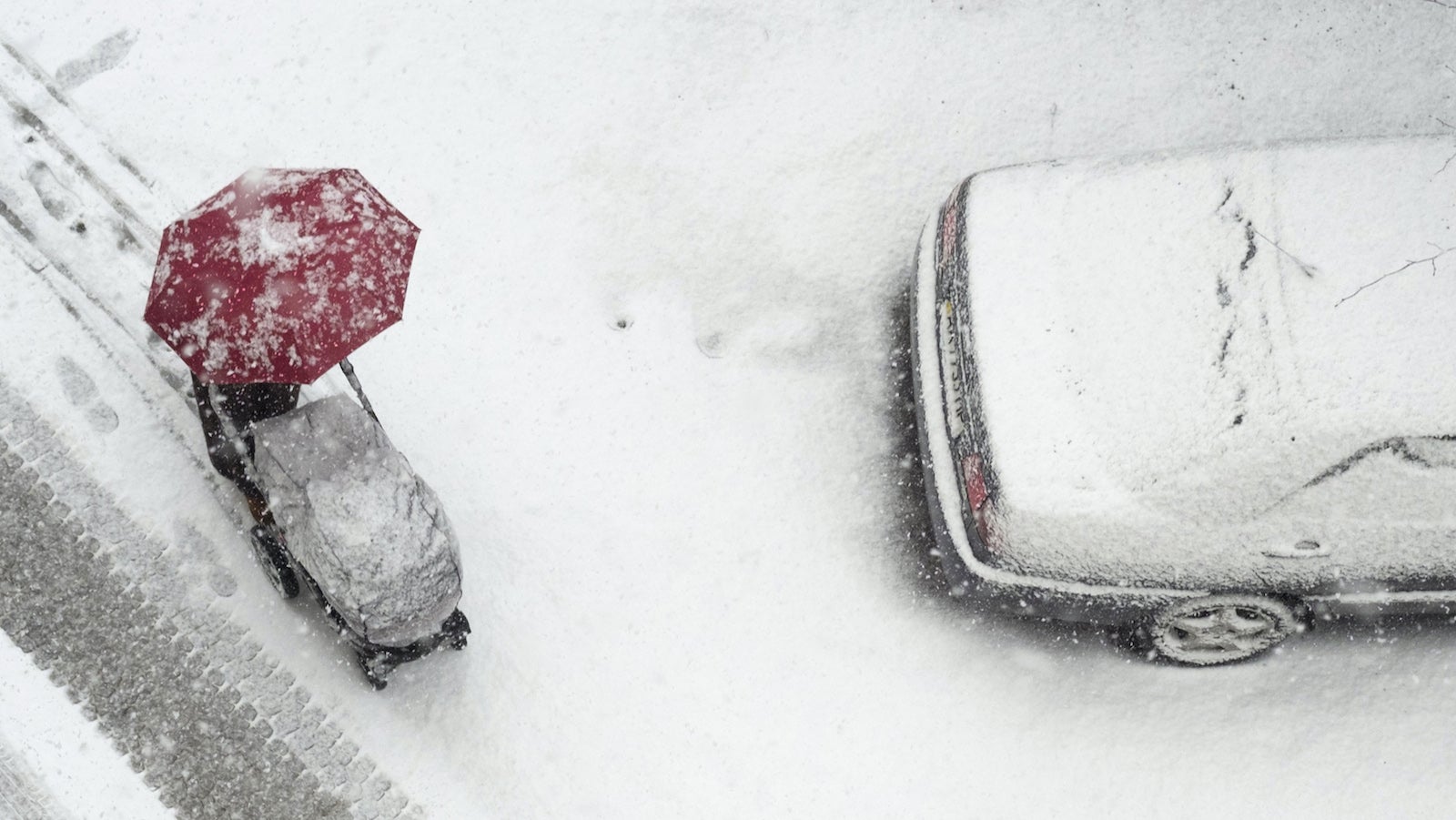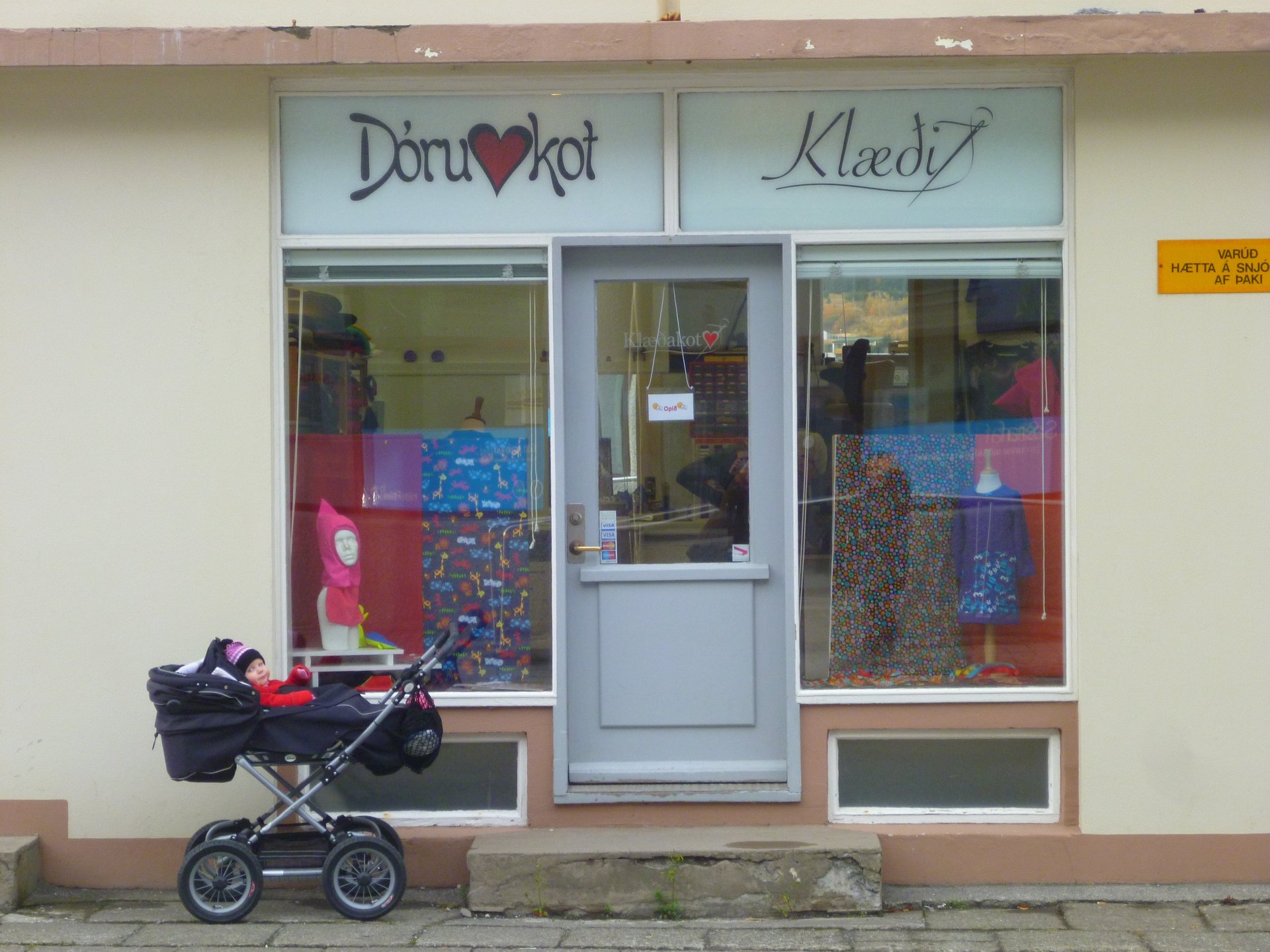For generations, Icelandic babies have napped outside in freezing temperatures
Icelanders tend to brag about their hardiness when it comes to cold weather and beating wind. They usually trace it to Viking ancestors, who fought through heavy storms just to get to this isolated island.


Icelanders tend to brag about their hardiness when it comes to cold weather and beating wind. They usually trace it to Viking ancestors, who fought through heavy storms just to get to this isolated island.
While we are hardy—Icelanders live to an average age of 82, more than 10 years longer than the global average—there are more factors to consider than Viking DNA, like the fact that we’re trained to find the cold rejuvenating: as infants, Icelanders nap outdoors in all weather.

Reykjavík’s biggest shopping street fills with babies sleeping in their strollers in summer. They’re there in the winter, too, napping in sub-zero temperatures. If they’re not on the street, they’re on balconies or in the backyard, while their parents huddle over hot tea indoors.
The custom of wheeling your baby outside to sleep is such a big deal in Iceland that Icelanders who live in big apartment buildings sometimes keep a special carriage on the balcony—for napping only.
But why? For a long time, indoor sleeping conditions simply weren’t that great. With poor air circulation and overcrowded living conditions, traditional Icelandic homes were muggy and sometimes smoky from cooking.
In the beginning of the 20th century, a tuberculosis epidemic shook the nation. Around the same time, the baby stroller became available in Iceland, finally widely manufactured and globally available after its invention in the UK almost 200 years earlier. In 1926, Dr. David Thorsteinsson published a pedagogy book in Iceland arguing for the benefits of outdoor life and fresh air to strengthen children’s immune systems.
Thorsteinsson suggested that parents used the trendy portable cradle—the stroller—to let their children sleep outside, and a new tradition suddenly emerged. The second generation of Icelanders in the 20th century napped outside, and so has every generation since then.
Today, parents are not worrying about infectious diseases when they put their babies to rest outside. Most Icelanders have come to feel that their children also take longer and better naps when they sleep outside, undisturbed by noises from inside the house.
Naptime usually happens like this: Baby gets annoyed (baby is tired). Baby is put in carriage. Baby is rolled around until it falls asleep. Carriage is left in a safe spot. Parents leave.
So if you see what looks like an abandoned carriage during your stroll around the streets of Reykjavík, don’t panic. The baby inside is well-prepared: muffled in wool and fleece, wearing a balaclava and two pairs of mittens.
If the temperature goes much below 32°F, parents may think twice before leaving their infants outside. This is not the case for everyone though—other parents let their children sleep outside no matter the temperature. And although the air outside might have always been fresh in 1935, that’s not always the case nowadays, so parents may avoid parking lots and big streets during rush-hour.
Iceland’s crime rate is very low, with less than two murders per year in the capital city. In this nation of 320,000, people tend to have faith in their neighbors, enough to feel secure in leaving their babies outside houses and coffee shops.
And even though the prams may look abandoned and forgotten in the streets, they are under constant surveillance by parents who keep one eye out the window and a baby monitor in hand.
Sometimes a good Samaritan will enter a coffee shop to announce that one of the babies outside is crying. A sheepish parent usually then springs to feet and rushes outside, only to reappear a few seconds later carrying a confused, but rosy-cheeked child.
Personally, I can’t imagine a cozier place to sleep than in a tent while camping. There is something about waking up in a tent in a cold night, feeling my nose freezing but otherwise warm inside the sleeping bag, that makes me feel so happy. Maybe it’s a feeling from childhood, nostalgia for waking up outside, knowing that someone is on their way to comfort me.